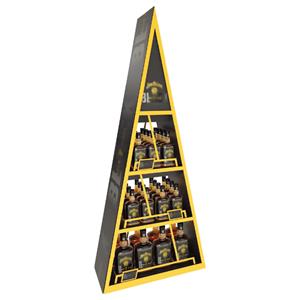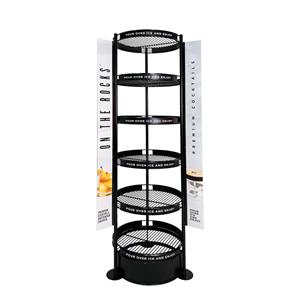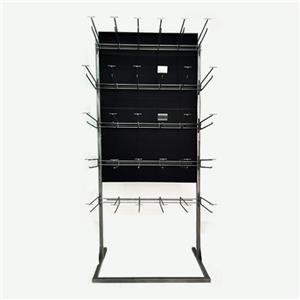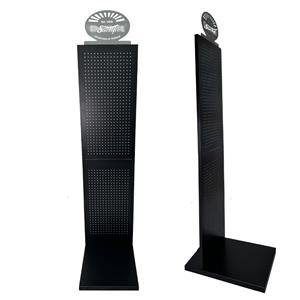How to Optimize Retail Grocery Shelving and Grocery Store Racks
How to Optimize Retail Grocery Shelving and Grocery Store Racks
Table of contents
1)Introduction
2)Shelf Arrangement Shapes Customer Dwell Time
3)Smart Layout Design Influences Shopping Behavior
4)How to Align Shelving with Promotional Strategies
5)Choose Shelf Types Based on Product Characteristics
6)FAQ – Common Questions About Grocery Store Shelving
7)Sintop Value
In today’s competitive retail landscape, mastering effective retail grocery shelving and efficient grocery store racks is essential for boosting sales and improving customer experience. This article outlines practical strategies for shelf placement, layout planning, shopping behavior, product zoning, and frequently asked questions—all aimed at helping store operators make informed decisions that deliver real results.

Shelf Arrangement Shapes Customer Dwell Time
Smart shelving goes far beyond just “putting items on a rack.” A well-thought-out retail grocery shelving and grocery store racks strategy is closely tied to consumer behavior. High-turnover items such as produce, bread, and dairy should be positioned near the front of the store. Shelves should never obstruct the shopper's line of sight—clear visibility makes it easier for customers to locate what they need.
Each product category should be clearly separated to avoid overwhelming shoppers visually. Place higher-margin products at eye level along the main shopping paths to increase the chance of purchase. This balance of product visibility and accessibility is key to a smooth customer experience.
Smart Layout Design Influences Shopping Behavior
A successful grocery store layout design doesn’t just provide convenience—it actively guides the customer journey. At the entrance, create a visual impact using seasonal displays or promotional items to catch attention. Main aisles should be 1.8 to 2.2 meters wide, allowing both comfort and smooth flow of foot traffic.
Smaller stores benefit from circular flow layouts, while larger supermarkets are more suited for grid or T-shaped layouts. Use retail grocery shelving and grocery store racks systems to clearly define zones and work with signage to help shoppers move naturally through the space.
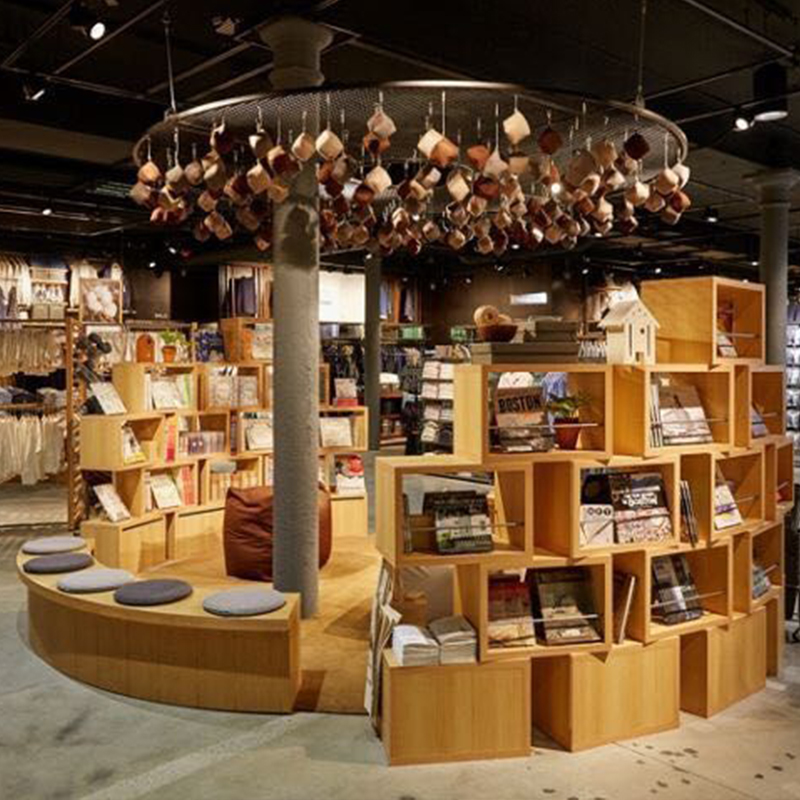
How to Align Shelving with Promotional Strategies
Shelving plays a central role in communicating in-store promotions. Flexible retail grocery shelving and grocery store racks systems allow stores to adapt quickly with signs, pricing rails, or secondary placement racks. Promotional items should be placed apart from everyday items to highlight special pricing and drive attention.
During peak shopping seasons or holidays, consider adding island displays in the center of the store for featured products. Temporary adjustments to the grocery store layout design—like widening aisles or creating limited-time entry points—can help concentrate customer traffic and maximize promotional visibility.
Choose grocery store racks Based on Product Characteristics
The right grocery store racks can make a direct impact on store performance. For dry goods, tiered metal racks are recommended for easy organization and clean presentation. For fresh products, open grid racks offer ventilation and are easier to maintain. For refrigerated items, integrated shelving with glass fronts is both energy efficient and visually appealing.
The color and material of retail grocery shelving and grocery store racks also affect the shopping atmosphere. Wood textures give a warm, welcoming feel, while cool-toned metal fits more industrial-style interiors. The shelf system should complement the overall grocery store layout design for a consistent customer experience.
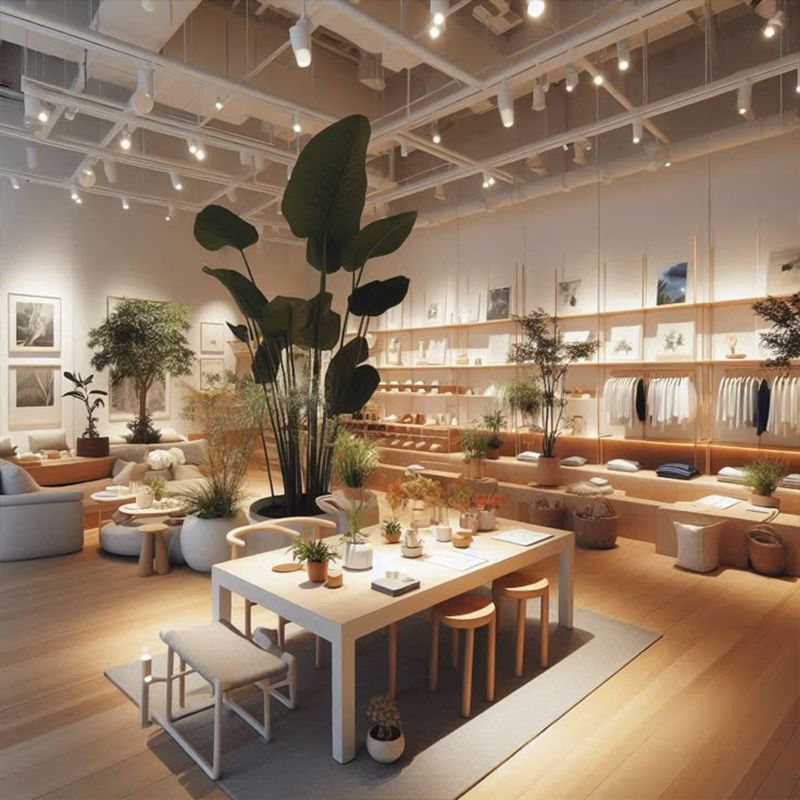
FAQ – Common Questions About Grocery Store Shelving
Q1: How do I know if my grocery store racks layout is effective?
A: Use tools like sales data, heat maps, and dwell time analysis. If shoppers are moving quickly past certain zones or sales are underperforming, it’s time to reassess the layout.
Q2: Where should I place new products?
A: The best spots are along the right-hand side of main aisles or near the entrance. Use bold POP signage and limited-time tags to attract attention, enhanced by a well-positioned retail grocery shelving setup.
Q3: Are standard grocery store racks systems suitable for small stores?
A: Small retailers may benefit more from adjustable shelving systems that support frequent changes. Standard shelves work well in stores with clear product categories and stable inventory.
Q4: How often should shelf arrangements be updated?
A: Make minor adjustments at least once per quarter. During seasonal promotions, be flexible with grocery store layout design changes to reflect shopper behavior and product focus.
Q5: Can grocery store racks influence brand perception?
A: Absolutely. Through consistent color schemes, materials, shelf height, and lighting, your retail grocery shelving becomes an extension of your store’s brand image.
By refining both retail grocery shelving and grocery store racks, retailers can create an engaging shopping environment that supports growth and builds long-term customer loyalty. Great products are important—but how and where they’re presented can make all the difference. Staying flexible and continually adjusting your layout strategy is the key to long-term success in grocery retail.
Sintop Value
At Sintop, we design flexible and visually impactful retail grocery shelving and grocery store racks systems that align seamlessly with store layout strategies. Our shelving solutions prioritize customer flow, product accessibility, and promotion readiness—helping retailers adjust to seasonal campaigns, highlight high-margin products, and build a consistent brand atmosphere. Whether for small convenience shops or large supermarkets, Sintop retail grocery shelving and grocery store racks empowers efficient operations and better shopper engagement.

Contact information
Website: www.sintopfixtures.com
Wechat/WhatsApp: +86 15980885084
Email: elly@xm-sintop.com
FAQ
1. What are store fixtures?
Store fixtures are essential equipment and furniture used in retail spaces to display, organize, and store merchandise. Examples include shelving units, racks, display cases, counters, and hooks.
2. Why are store fixtures important?
Store fixtures enhance the shopping experience by organizing products, improving accessibility, maximizing space, and creating appealing displays that attract customers and boost sales.
3. What types of store fixtures are commonly used?
Common types of store fixtures include:
Shelving Units(wall shelves, free-standing shelves, adjustable shelving)
Display Cases (glass cases, countertop cases)
Racks (clothing racks, display racks)
Counters (checkout counters, service counters)
Hooks and Pegboards
End Caps
Signage and Graphics
Mannequins
4. How do I choose the right store fixtures for my retail space?
Consider your merchandise type, store layout, and branding needs. Fixtures should be functional, complement your store's design, and fit within your budget. Evaluate your space to determine the best fixture types and configurations for optimal product presentation and customer flow.
5. Can store fixtures be customized?
Yes, many store fixtures can be customized to align with your store's branding and specific needs. Customization options include materials, colors, sizes, and designs. Collaborating with a fixture supplier or designer can help create fixtures that match your store’s style and functional requirements.
6. How can I maximize space with store fixtures?
Utilize fixtures that optimize vertical space, such as wall-mounted shelves and tall display racks. Modular and adjustable fixtures can adapt to changing merchandise or store layouts. Plan your store layout carefully to ensure efficient use of space and smooth customer flow.
7. How do I maintain store fixtures?
Regularly clean and inspect fixtures to ensure they remain in good condition. Check for wear and tear, and repair or replace damaged parts. Follow manufacturer guidelines for maintenance and cleaning to extend the lifespan of your fixtures.
8. Can store fixtures be used for different types of retail stores?
Yes, store fixtures can be adapted for various retail environments, including clothing stores, electronics shops, grocery stores, and more. The choice of fixtures depends on the specific needs and merchandise of the store.
9. How can store fixtures improve the customer experience?
Well-designed fixtures make products easy to find and browse, enhancing the overall shopping experience. Effective use of fixtures creates an organized, aesthetically pleasing environment that encourages customers to spend more time in the store.
10. Where can I purchase store fixtures?
Store fixtures can be purchased from specialized fixture suppliers, retail equipment stores, or custom fixture manufacturers. Online retailers and local suppliers also offer a wide range of options.

